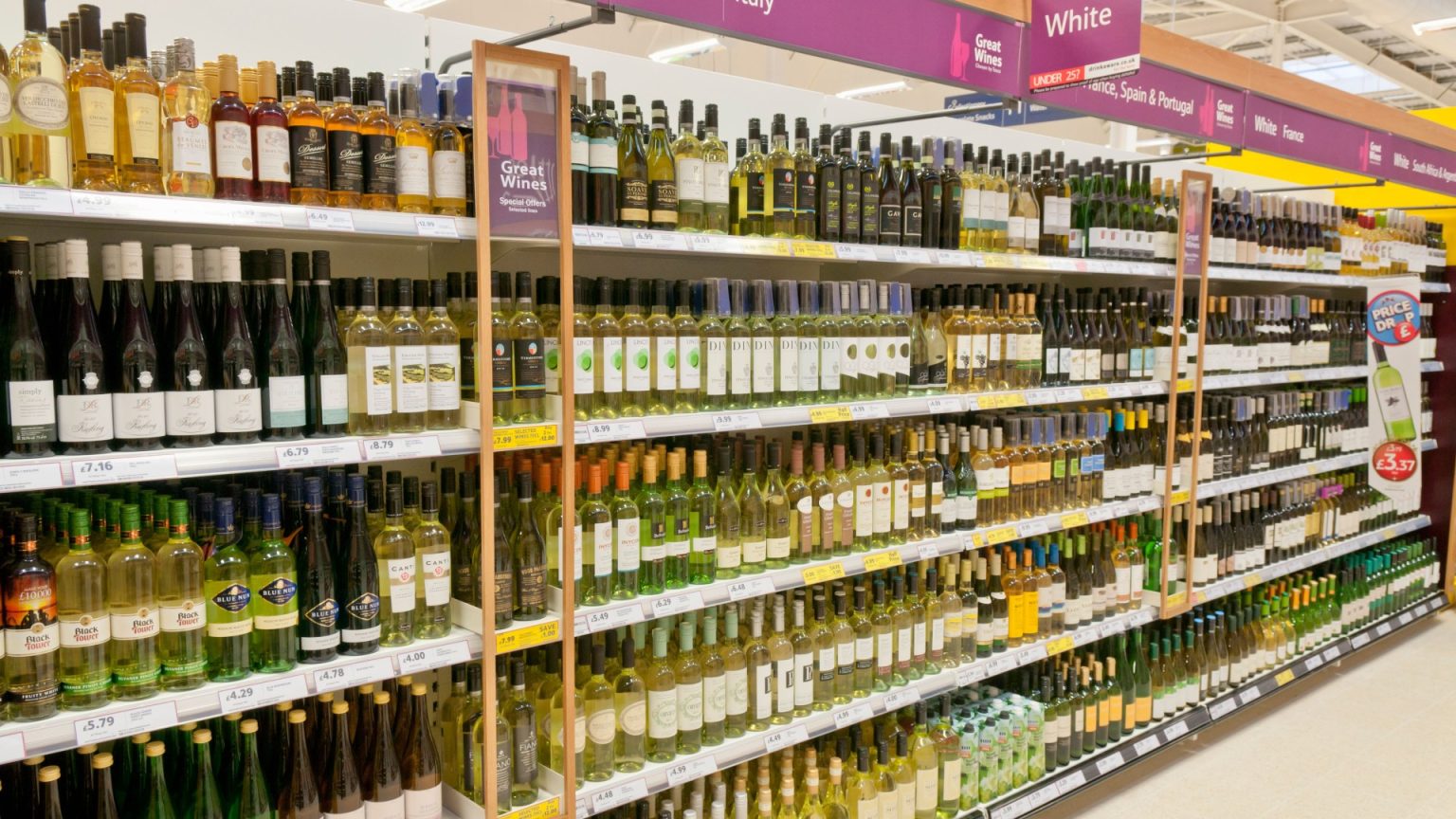Tesco, the UK’s largest supermarket chain, is implementing heightened security measures to combat the escalating problem of shoplifting, particularly targeting high-value alcoholic beverages. This initiative involves installing keypad-operated, electronically locked cabinets in the alcohol aisles of 50 stores nationwide, following a successful trial in 22 locations. These cabinets, developed by retail equipment supplier Wanzl, require customers to use a touchscreen to request access from staff, who then remotely unlock the cabinet. As an added layer of security, the bottles within these cabinets are also electronically tagged. This move comes as a direct response to the rising tide of shoplifting across the UK, impacting retailers and contributing to a growing sense of unease among shoppers.
The locked cabinets, designed to strike a balance between security and customer accessibility, are intended to deter theft without overly hindering the purchasing process. The system incorporates an alarm that triggers if the cabinet door remains open for more than seven seconds, further discouraging opportunistic theft. This technology represents a significant shift in retail security practices, moving away from traditional methods like CCTV and security guards towards more proactive, technology-driven solutions. The rollout of these cabinets has sparked considerable discussion on social media, with some customers expressing concern over the increasing normalization of such stringent security measures, while others attribute the need for such measures to the pervasive nature of shoplifting.
The decision to implement these security measures comes against a backdrop of increasing shoplifting incidents across the UK. Home Office statistics reveal a worrying trend of unsolved theft cases, with a significant proportion attributed to the inability to identify suspects. This rise in shoplifting, coupled with the challenges faced by law enforcement in apprehending perpetrators, has prompted retailers like Tesco to take matters into their own hands, investing in advanced security technologies to protect their stock and maintain profitability. The public response to these measures has been mixed, reflecting a complex societal debate about the causes of and solutions to retail crime.
Social media platforms like X (formerly Twitter) have become forums for discussing the implications of Tesco’s security initiative. Some users have expressed understanding for the measure, attributing the rise in shoplifting to various factors, including the prevalence of self-service checkouts, which they argue make it easier for individuals to steal unnoticed. Others suggest that societal factors, rather than technological advancements, are the root cause of the problem. This online discourse highlights the multifaceted nature of the issue, encompassing technological, social, and economic dimensions. The debate reflects a broader conversation about the balance between security and customer experience in the retail environment.
The rising incidence of shoplifting and the apparent struggle of law enforcement to effectively address the issue are putting increasing pressure on retailers to implement their own security solutions. Reports of shop owners resorting to citizen’s arrests due to perceived inadequate police support underscore the challenges faced by businesses in protecting their assets. This situation highlights the growing burden placed on retailers to act as a first line of defense against crime, raising questions about the effectiveness of current law enforcement strategies in tackling retail theft. The increasing reliance on private security measures also raises concerns about the potential for vigilantism and the blurring of lines between the roles of citizens and law enforcement.
Tesco’s decision to introduce these high-tech security cabinets signifies a growing trend in the retail sector towards adopting advanced technological solutions to combat theft. This reflects not only the increasing sophistication of shoplifting techniques but also the perceived inadequacies of traditional security methods. The rollout of these cabinets is a significant development in the ongoing battle against retail crime, and its effectiveness in deterring theft and its impact on customer experience will be closely watched by other retailers grappling with similar challenges. The long-term implications of this move for the retail landscape remain to be seen, as the industry continues to adapt to the changing dynamics of crime and consumer behavior. The debate surrounding this issue underscores the complex interplay between security, technology, and societal responsibility in shaping the future of retail.











